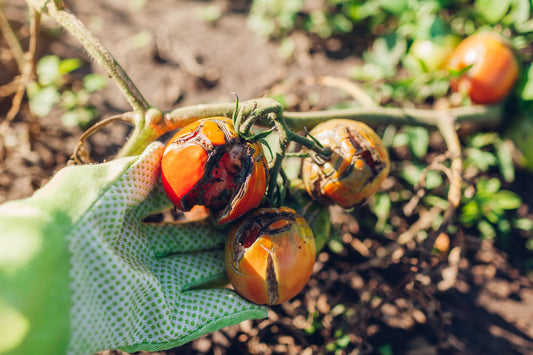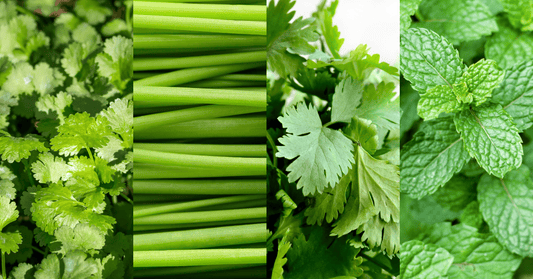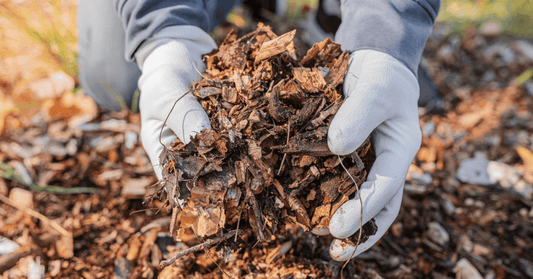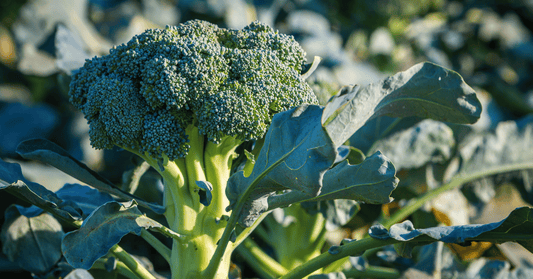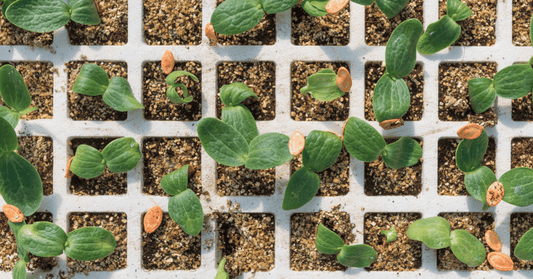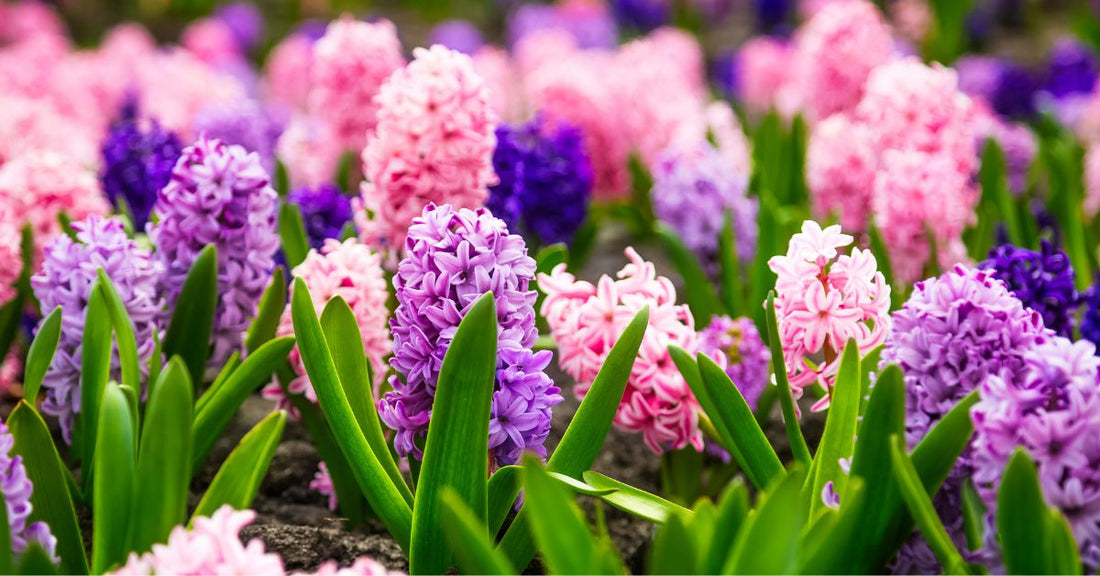
FLOWERS! Grow Healthy, Lush and Beautiful Flowers
There is no better sight within the garden than hundreds of blooming flowers of all shapes, colors, and sizes. Flowers not only produce seeds and fruit, but they also increase your psychological health. The bright colors and amazing aromas have been shown to instantly boost moods and decrease stress.
In addition, having flowers in your yard bring a variety of pollinators important for fruit and vegetable gardens. Depending on what you plant, you'll likely have visitors such as bees, butterflies, hummingbirds, and other birds.
Healthy plants that produce lush and beautiful flowers don't just happen by chance. It all comes down to soil health and providing the plants with high populations of beneficial microorganisms.

1. It Starts With The Soil
Plants create the most gorgeous blooms when they are healthy and strong. If you don't focus on soil health first, you cant expect your plant to flourish. Soil high in organic matter and beneficial microorganisms will ensure a strong soil structure that can support a strong root system.
With healthy soils, you'll have less issue from pests. Healthy soil provides natural protection against common diseases by creating disease suppressive soils. Beneficial microorganisms produce antibiotic properties and prevent disease from moving in. Although you may still find destructive insects on plants, strong plants are better able to hold up against it and suffer little harm.
Lastly, flowers need nutrients! When your soil is supplied properly with organic matter and tiny microorganisms there is very little need for synthetic fertilizers. The soil is its own living ecosystem naturally cycling nutrients for plant production. Microorganisms benefit from sugars released from the root and use the energy to cycle nutrients and break down organic matter. Nutrients such as nitrogen, otherwise in unavailable forms, are now nitrates that can be absorbed by roots. If you do need to add more nutrients in the form of a fertilizer, be sure to use organic and shoot for all-natural.
EM-1® Microbial Inoculant can be applied weekly through the growing season and after to ensure a high population of beneficial microorganisms. EM Bokashi is an all-natural fertilizer that can be applied bi-weekly as a top dress to provide more benefit. EM Bokashi accelerates the breakdown of organic matter, supplying nutrients to the soil.

2. Nourish The Seeds Before Planting.
Just as you need healthy soil to produce flowers, the seed health is equally important. Strong seeds produce strong plants with sturdy roots, strong plants produce beautiful flowers that last longer and keep producing.
Just like all living things, seeds need oxygen, water and food. Be sure to supply appropriate irrigation, nutrient-rich soil and check that adequate sunlight is provided. While some plants need fewer than 6 hours of sunlight, others will not grow properly or flower unless they receive 6 or more hours. Be sure to plant species adapted to your area and climate for the best results.
Seeds also rely heavily on a plant-microbe relationship just as a grown plant does. The enzymes, proteins and hormones produced by the microbes are utilized by the seed. Beneficial microorganisms increase seed germination, seedling strength and vigor, and can help with disease suppression from the start. This results in stronger and healthier plants sure to produce lush blooms.
Seeds can be pre-treated with EM-1® Microbial Inoculant prior to planting. Simply soak the seeds in a solution of EM-1® and water at a rate of 1oz per gallon of water. Small seeds can soak for 10-20 minutes, larger seeds can soak up to 60 minutes. If you are planting transplants, use the same solution rate to water after planting.

3. Feed Your Flowers Probiotics
Probiotics provide living organisms with beneficial microorganisms crucial for health. Whether it's in the human body or a plant, these tiny creatures help with nutrient absorption and produce enzymes, proteins and hormones needed for growth. Beneficial bacteria have been heavily studied when it comes to plant growth and have been shown to improve the immune system, lessening the chance of disease or stress.
Bacteria such as Rhodopseudomonas, found in EM-1®, has been shown to be a significant contributor to the growth of flowers. Resulting in more flower production in vegetables such as tomato and flowering plants like zinnias. Much like our gut microbiome heavily influences our overall health and immune system, the microbiome of the plant highly influences plant performance and survival.

4. Grow Chemical Free And Attract More Pollinators
The population of pollinators has been on the decline with the increase in chemical inputs. Bees especially have been hard hit by agricultures heavy use of insecticides meant to kill insects. Growing chemical-free flowers can help the local bee populations as well as other pollinators such as butterflies and birds.
Researchers have found that a bees gut microbiome is directly linked to the microorganisms on the flower surface. The most common beneficial bacteria found in both flowers and bees was Lactobacillus. A common probiotic bacteria found in most living organisms, especially in the gut. Lactobacillus has been shown to preserve the nectar and pollen stored in the hive and used to feed larvae.
EM-1 pollinators bee health chemical-free gardening organic Teraganix
Applying beneficial microorganisms, like EM-1®, to the entire plant as a foliar spray can increase the population of Lactobacillus in bee colonies and also aid in the health of butterflies and birds that visit the same plants. The increased health of the plant also ensures there will be no need for chemicals to get rid of pests.

5. This Simple Tip Will Make Your Cut Flowers Last Longer.
Everyone loves a beautiful bouquet of flowers on their kitchen table or a few throughout the house. It can increase your mood and improve psychological health. Plus, its always a great way to say I love you or I'm sorry. But how do you make the cuts last longer?
The health of the plant plays a significant role in the longevity of cut flowers. High quality plants grown with sufficient organic matter and nutrients tend to naturally last longer. If growing your own flowers to cut, be sure to focus on healthy soil.
EM-1® can also be used for store bought bouquets and flowers cut from your garden to extend their life in the vase. Pathogenic bacteria tend to be the reason cut flowers deteriorate and start to mold. EM-1® has natural antibiotic properties that keep water clean and self-purifying while also providing the plant with beneficial microorganisms through the water.
Simply add 1 tsp per gallon of water.

6. Regular Maintenance Keeps Your Flower Beds Blooming.
Whether you planted a low-maintenance or high-maintenance flower bed both need continued attention to keep producing through the growing season. Perennials especially need care after flowering and before winter to ensure healthy growth for next season.
- Dead head flowers. This will allow nutrients and energy to be directed to new buds and more flowers.
- Prune flowering shrubs between flowering. Depending on your area and species of shrub, you may get multiple blooms.
- Weed frequently.
- Apply new mulch when needed. This provides organic matter and protection.
- Continue to use EM® Bokashi as a top dress. This will provide plants an all-natural fertilizer while helping breakdown mulch into nutrients.
- Cut back perennials prior to winter.
- Teraganix pruning soil health soil care EM-1
